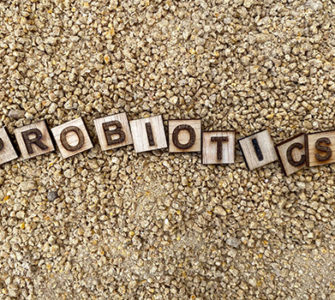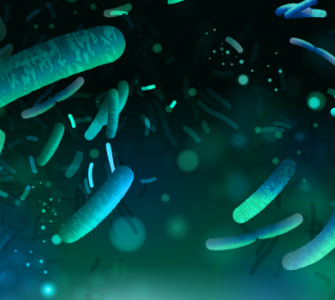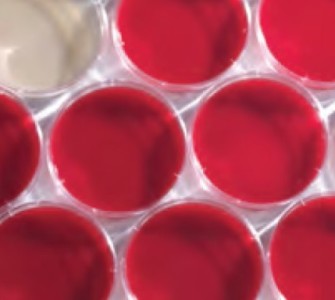Good gut health starts before hatch, expert says
To establish good gut health, measures to promote a healthy microbiome can’t begin soon enough, an expert reports.
Speaking to Poultry Health Today at the 2019 World Veterinary Poultry Association Congress in Bangkok, Peter Ferket, PhD, professor of poultry nutrition at North Carolina State University, explained that the community of organisms that live within the gut, known as the microbiome, has a major impact on overall health.
“There are good bacteria and bad bacteria…If [gut bacteria are] symbiotic with the host or symbiotic with our system, we’re healthy. But if they’re competitive and there is a disruption in that ecosystem, then it could lead to disease, and that’s what we term poor gut health.”
The delicate balance of organisms that make up the microbiome is easily disrupted, Ferket said. Stress, pathogens, feed and other factors can easily throw it off, so it’s important to manage potential triggers and establish gut health as early as possible in the bird’s life.
“It’s very important that that young animal is basically conditioned for the environment it’s going to go into and that includes a healthy gut microflora,” the expert said.
“Another element is to feed the right nutrients not only for the animal but also for the good bacteria that grow there. You want to feed the symbiotic organisms and starve the pathogenic ones. And finally, you want to weed out the pathogens.”
In ovo feeding
Getting an early start on gut health doesn’t necessarily mean waiting for the chick to hatch, Ferket said. Embryonic chicks have their first meal when they consume the amniotic fluid in the egg before pipping and hatching. Nutrients in the amniotic fluid come from the hen, but critical nutrients are sometimes lacking, he noted.
To boost the nutritional value of the chick’s first meal, Ferket and colleagues at Hebrew University developed an experimental technique, known as in ovo feeding, whereby the amniotic fluid is supplemented with nutrients that help the chick establish a healthy microbiome when it’s still an embryo.
“When the bird hatches, it has a fully functional digestive tract, as well as a more mature gut microbiome to be able to defend against any kind of invading pathogen that may threaten the health of that animal,” he explained.
Next-generation gut health
In ovo feeding is purely a research technology at this time, Ferket stressed, and a number of challenges must be overcome before it would be eligible to go to market. Nonetheless, he underlined the “transformative” potential of the technology, noting that in ovo feeding studies have demonstrated meaningful improvements in uniformity, feed conversion, musculoskeletal development and immune function.
Genomics and artificial intelligence also have the potential to revolutionize the science and management of gut health, Ferket added.
“We have tools now that [can] scan, very inexpensively, the whole microbiome. When I started my career, it was if you can find maybe just four or five bacteria, you thought it was a great thing. Now, it’s everything and all the genes that are involved,” he said.
“It’s not humanly possible to unravel the mysteries of the microbiome. But we’re finding out that a computer…starts telling us things that we never even imagined. And that’s where I think the secret will be in the future: Artificial intelligence is going to start showing relationships we never thought possible, and we’ll see some new drugs and new applications coming from those kinds of computational analysis that we’d never [thought] imaginable before.”
Posted on March 12, 2021
















